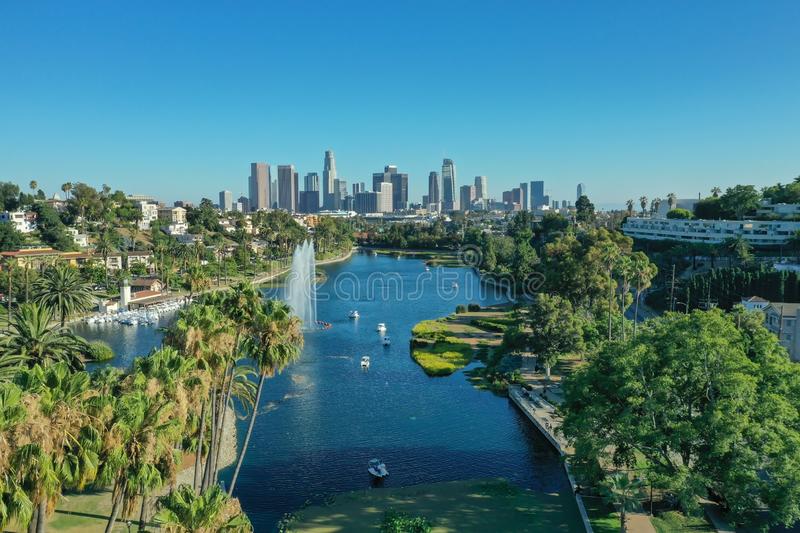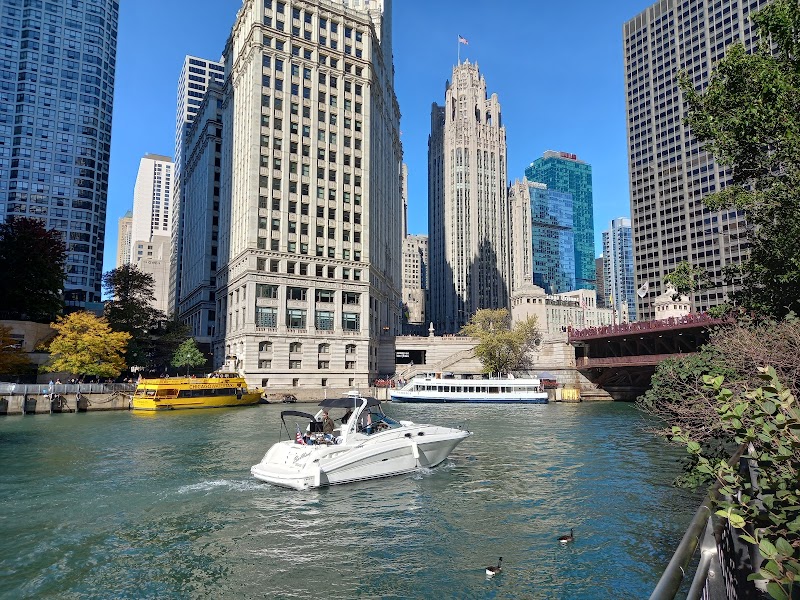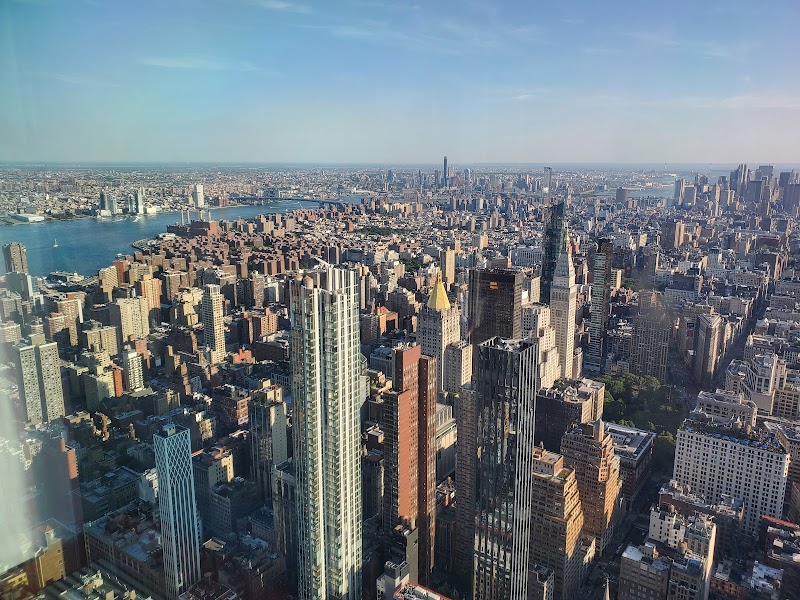Did you know that the United States, spanning over 3.8 million square miles, holds the title of the third-largest country worldwide by land area? This expansive nation is renowned for its iconic landmarks such as the Statue of Liberty and the Grand Canyon, as well as vibrant cultural hubs like New Orleans and San Francisco. The U.S., with its rich blend of natural beauty, historical significance, cultural diversity, and technological innovation, invites you to embark on an unforgettable journey.
Planning your adventure across the States can undoubtedly be exciting yet overwhelming. This is where a well-designed tourist map proves invaluable, serving as your personal guide to the nation's treasures. Providing a bird's-eye view of the country, it helps you chart your unique path through the wonderfully varied landscapes and experiences that await you in the USA.
What to see and do in the United States
The United States is an incredibly vibrant and diverse country that offers a multitude of breathtaking destinations, each with its own unique charm. From the towering redwood forests of California to the quaint lighthouses of Maine, there's an endless array of sights waiting to be explored. Immerse yourself in the picturesque landscapes, discover the rich heritage, and delve into the exciting urban life that the United States has to offer.
Stunning Natural Wonders
Yellowstone National Park
Located primarily in Wyoming, Yellowstone National Park is a natural wonder that spans over 2.2 million acres. This park consists of the world's most significant collection of geysers and hot springs, including the iconic Old Faithful. Yellowstone National Park is also famous for its thriving wildlife, where one can spot grizzlies, wolves, and herds of bison and elk.
The Florida Everglades
Head south to Florida and explore the Everglades, a unique ecosystem unlike any other in the world. Known as the "River of Grass", this tropical wetland is home to rare and endangered species like the manatee, American crocodile, and the elusive Florida panther. It's a bird watcher’s paradise, with over 350 species of birds found in its mangrove forests and marshes.
Captivating Urban Landscapes
Chicago's Architectural Wonders
Chicago, the "Windy City", is an architectural powerhouse. Walk along the Chicago River to admire the towering marvels of modern architecture, including the Willis Tower and the Tribune Tower. Don't miss the chance to explore the Art Institute of Chicago, home to one of the best and largest collections of Impressionist and Post-Impressionist art in the world.
Austin's Music Scene
For music lovers, Austin, Texas is a must-visit destination. Dubbed the "Live Music Capital of the World", Austin's vibrant and eclectic music scene offers everything from country and blues to rock and hip-hop. Catch a live performance at one of the many music festivals, or simply stroll down 6th Street to experience Austin's nightlife at its best.
American Heritage
Colonial Williamsburg
Step back in time with a visit to Colonial Williamsburg in Virginia. This living-history museum offers a vivid glimpse of life in the 18th century, with costumed interpreters, historical reenactments, and meticulously restored colonial buildings. It's a fantastic way to learn about the early history of the United States and the people who shaped it.
The Mississippi Blues Trail
Finally, take a journey along the Mississippi Blues Trail to discover the birthplace of the Blues. From the Delta to the Gulf Coast, this trail tells the story of the musicians who created the Blues and influenced music worldwide. Visit the historic juke joints, explore the museums, and let the soulful rhythms of the Blues wash over you.

Booking.com
Practical Information for Your U.S. Adventure
Transportation and Mobility
When traversing the vast landscape of the United States, transportation is key. Each region has its unique transportation system, from extensive subway networks in metropolises like New York City to rental cars being the norm in sprawling cities like Los Angeles. In large cities, public transportation is often reliable and affordable, while in smaller towns or rural areas, you may need to rely more on taxis, Uber, or car rentals. Interstate bus services such as Greyhound and Megabus, and train services like Amtrak, offer convenient long-distance travel options.
Schedules and Prices
The United States operates primarily on a Monday through Friday, 9 a.m. to 5 p.m. business schedule, but hours can vary, especially for restaurants, shops, and attractions. It’s best to check individual websites for the most accurate information. Prices for goods and services vary widely depending on the region and city. Expect higher prices in large cities like New York City and San Francisco, and more affordable costs in smaller towns and rural areas.
Safety Tips
While the U.S. is generally a safe place to visit, it's always wise to stay informed and cautious. Avoid deserted areas late at night, especially in cities, and be aware of your belongings in crowded places to prevent pickpocketing. In certain cities, it's recommended to avoid specific neighborhoods due to higher crime rates. Always research and follow local advice. In case of emergency, dial 911 - this number is universal for all types of emergencies across the country.
Best Times to Visit
The best time to visit the United States depends largely on your destination and what you want to do. Generally, spring (March to June) and fall (September to November) offer mild weather across most of the country. For winter sports, plan your visit between December and March, while beach vacations are best from June to August.
Practical Recommendations
A few practical tips can go a long way in ensuring your trip to the U.S. is smooth and enjoyable. Remember to tip for services, as it's customary across the country, typically at a rate of 15-20%. Public Wi-Fi is widely available, but using a VPN is recommended for security. Lastly, mobile service coverage is usually good in populated areas, but may be sporadic in remote or rural areas.

Frequently Asked Questions
1. What is the tipping etiquette in the United States?
In the United States, tipping is not just a courtesy, but often an essential part of income for service industry workers. It is customary to tip around 15-20% of the bill before tax in restaurants. For other services such as taxis, hairdressers, and hotel staff, it's conventional to give a tip of around $1-5 or 10-15% of the total cost.
2. Are there any recommended road trip routes in the United States?
The United States is a dream destination for road trip enthusiasts, boasting iconic routes that traverse diverse landscapes. The Pacific Coast Highway offers breathtaking ocean views, while Route 66 provides a nostalgic journey through American history. Another popular choice is the Blue Ridge Parkway, renowned for its scenic mountain vistas.
3. What are some unique food experiences I should try in the United States?
The United States is a melting pot of culinary influences, offering a wide array of unique food experiences. Don't miss trying a traditional clam chowder in Massachusetts, sampling authentic barbecue in Texas, or savoring a slice of deep-dish pizza in Chicago. For dessert, be sure to try a piece of Key Lime Pie in Florida or a beignet in New Orleans.
4. How accessible are national parks for those with mobility issues?
Many national parks in the United States have made significant efforts to ensure accessibility for all visitors. Wheelchair-accessible trails and viewpoints, shuttle services, and rental equipment like all-terrain wheelchairs are available in parks such as Yellowstone and the Grand Canyon. However, it's always a good idea to check the specific accessibility features of each park on their official websites before your visit.
5. What are the rules for camping in the United States?
Camping rules can vary significantly across different states and park systems in the United States. Generally, you will need a permit for backcountry camping, and there are usually designated areas for campfires. Remember to follow the Leave No Trace principles to preserve the natural environment for future generations. Always check the specific rules on the official websites of the parks or campgrounds you plan to visit.
6. How can I experience Native American culture during my visit?
Respecting and learning about Native American culture is a key part of any visit to the United States. Consider visiting tribal lands like the Navajo Nation in Arizona or attending cultural events like powwows. Many museums, like the National Museum of the American Indian in Washington D.C., also offer insightful exhibits. Always remember to approach these experiences with respect and sensitivity towards the local communities.

